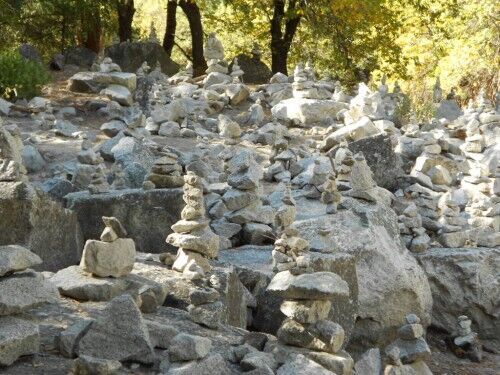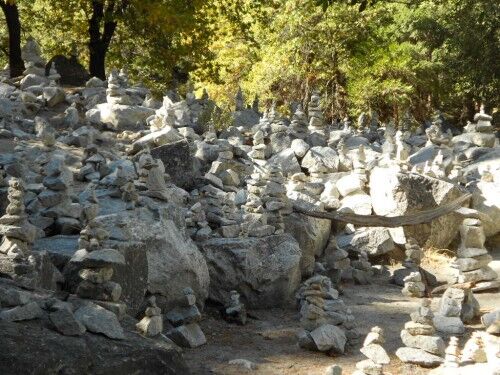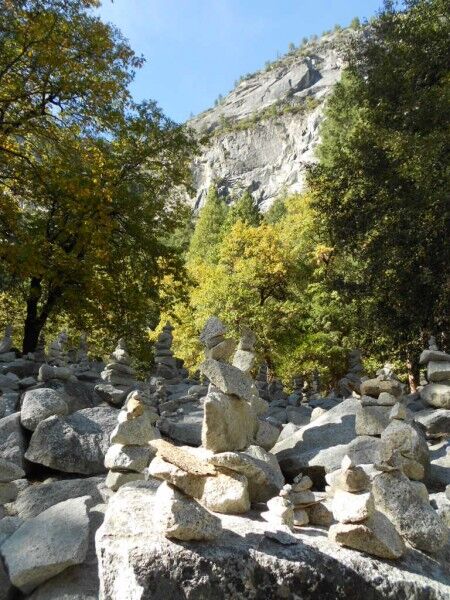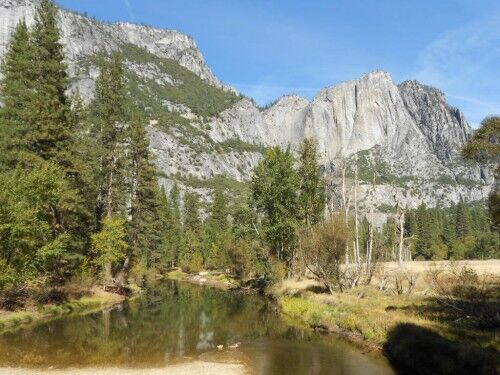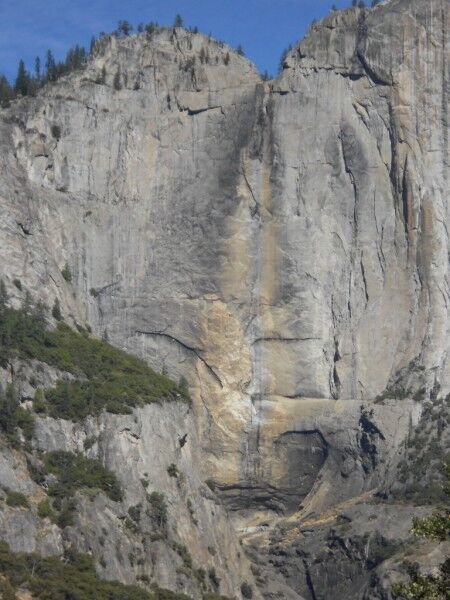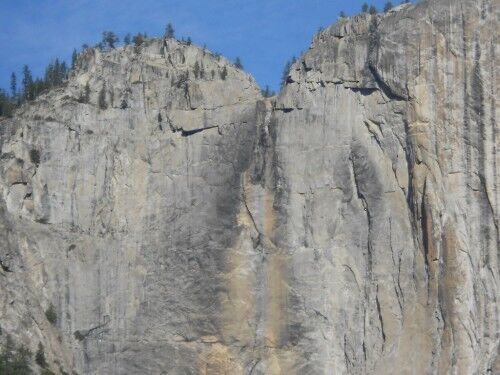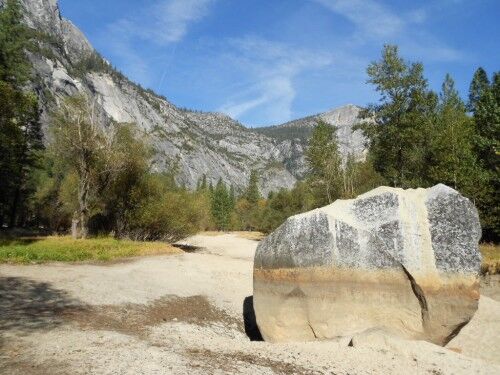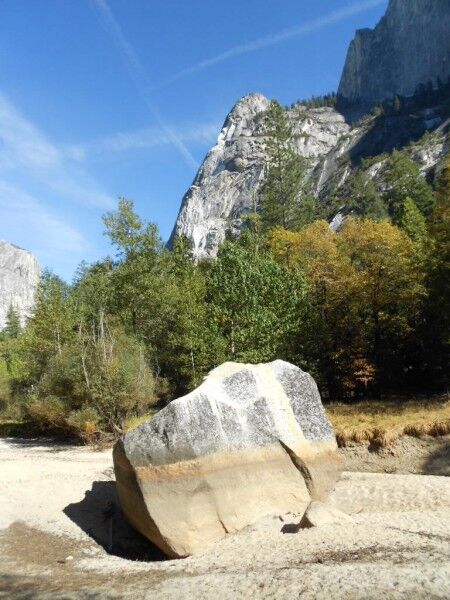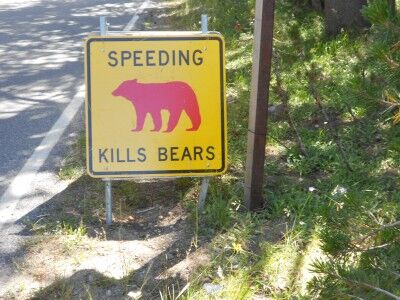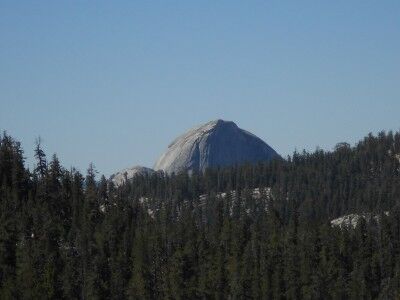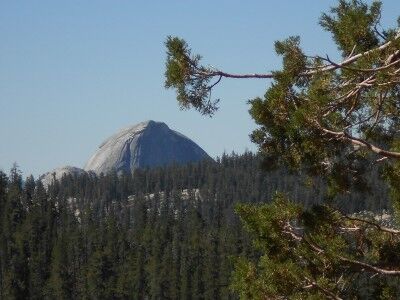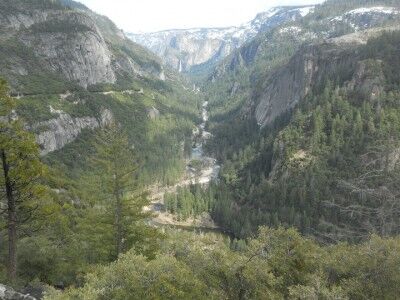As you walk around the Yosemite Valley, there is a fairly good chance that you will come across some wildlife. Squirrels are plentiful and there is also a good possibility of seeing mule deer if you keep your eyes open. There are a wide variety of birds flying around. While much less common to spot, there are black bears, coyotes and mountain lions. Yosemite wildlife makes the beautiful scenery all that more enjoyable:
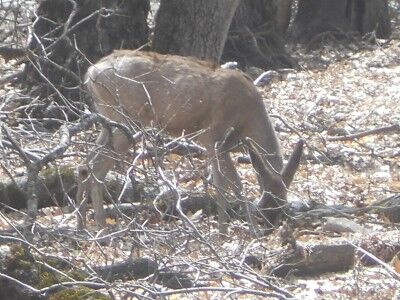
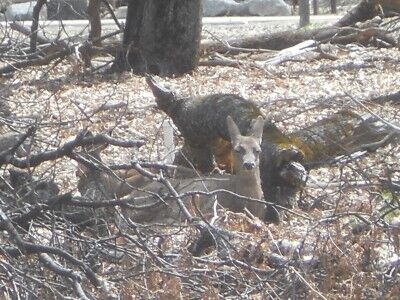
Yosemite Wildlife List
Black Bears: If you’re lucky, you might spy a black bear. The black bear isn’t always “black — its fur can also be brown, blond, cinnamon and even white.
Mule Deer: Quite common on the Yosemite valley floor and in meadows, they are one of the easiest big animals to find in Yosemite. Mule deer are also called “Black-Tailed Deer”.
Coyotes: You are more likely to hear the yelps of coyotes than actually see them, but coyotes do roam Yosemite valley. Coyotes are sometimes mistaken for wolves, but wolf packs have never been part of Yosemite.
California Ground Squirrel: You are not likely to see them in the winter when they hibernate, but are likely to during the warmer months. They have a grey/white mottled fur which helps you tell them apart from the Western Grey squirrel.
Western Grey Squirrel: If you see a squirrel during the winter season, chances are it is a Western Grey squirrel. They are known for their quite bushy tails.
Mountain Lions: The chances are that you will never see a mountain lion while visiting Yosemite due to their secretive nature, but they do live in the park. Mountain lions are an important predator which help control the deer, raccoon and squirrel populations.
Marmots: If you happen to be in the Olmstead Point to Tuolumne Meadows area of Yosemite, you might see these large brown rodents sunbathing in the meadows and among the rocky crevices of the high mountain peaks.



